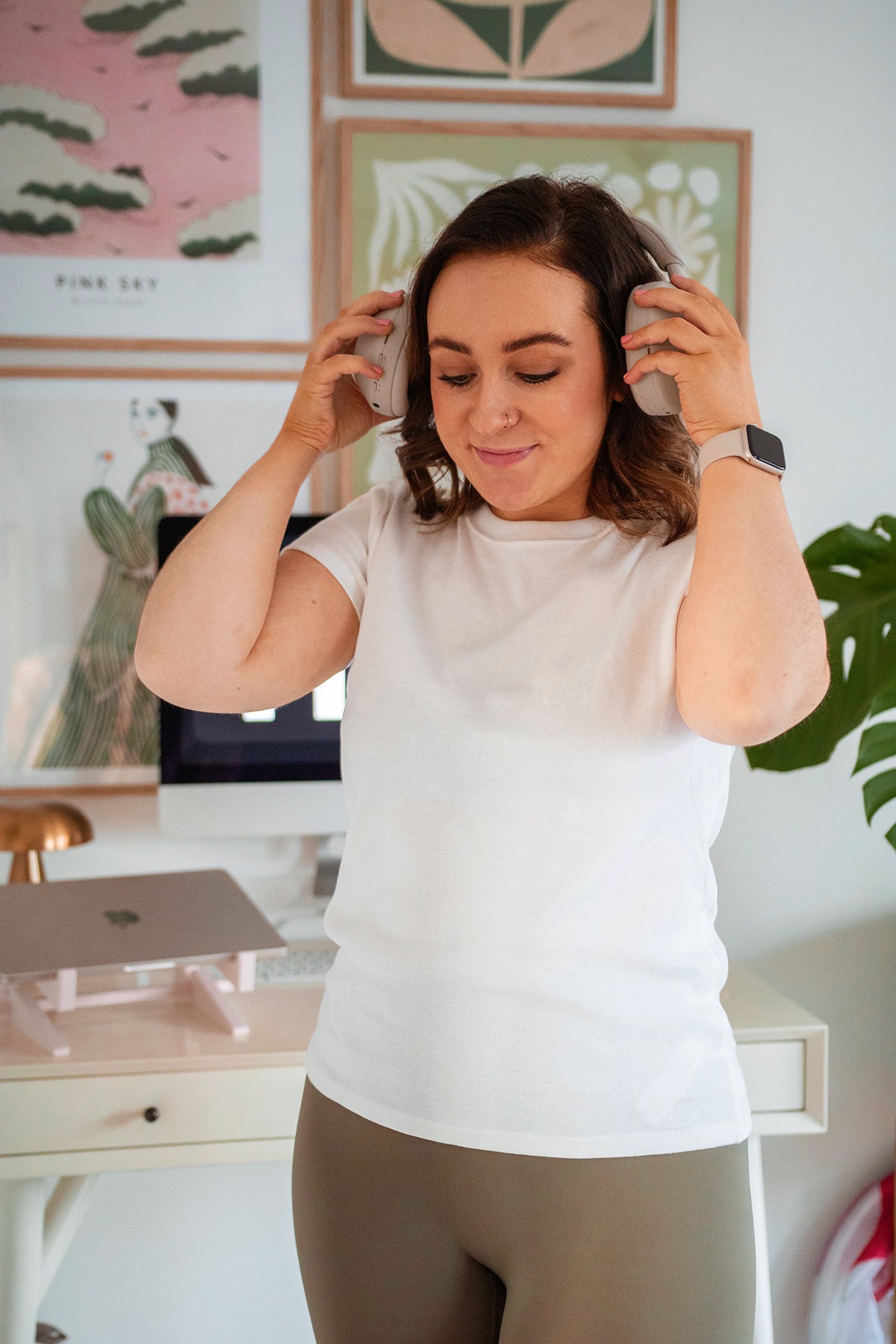
Basic Home Nursing For Kids.
When your child is under the weather, hugs and cartoon-themed band-aids only go so far. A nagging fever caught from school or a scraped-up knee from the playground can be more troublesome than you imagined. Only at this point do many parents realise how surprisingly intense it can be to care for a sick child with home nursing.
Ever felt nervous trying to manage a thermometer reading or the right dosage of medicine? You’re not alone. You don’t even need to be a trained medical professional to create a safe, soothing space for your child to heal. With a few practical tools, tips, and some confidence, you can turn your home into a safe, nurturing sick bay, or alternatively you can get some professional help and guidance such, as a private nurse at home.
Here’s what you can do to become your child’s most trusted caregiver right at home.
Set Up Your Home “Sick Bay”
Being prepared before your child falls ill can take a lot of pressure off. Here’s what you can keep ready.
Stock Essential Supplies
Start by putting together an essential supply checklist to ensure you have vital tools on hand. Get a reliable thermometer (digital, temporal, or ear are good options), age-appropriate pain and fever reducers (acetaminophen or ibuprofen will do), and a basic wound care kit with antiseptic wipes, sterile gauze, various bandage sizes, and medical tape.
For stuffy noses, especially in infants and toddlers, saline nasal spray or drops, along with a suction bulb, can work wonders. Don’t forget oral rehydration solutions (ORS) for upset tummies, and syringes or droppers for accurate medication dosing. A vapor rub or humidifier can ease coughs, while a heating pad or ice pack can soothe aches.
Create a Calm and Clean Care Space
Next it’s to consider the home nursing space, and ensuring it is calm, clean and soothing are critical. This doesn’t need to be a separate room; it could be a designated corner in the kid’s bedroom or a quiet spot in the living area that’s comfortable, well-lit, and easy to keep clean.
Safe Medication Storage
All medicines, whether prescription or over-the-counter, must be kept out of reach of children and clearly labelled to prevent accidents. Consider child-resistant containers and storing them in a locked cabinet to prevent accidental ingestion. A well-organised and safe “sick bay” helps you respond quickly and effectively when your child needs you most.
Basic Health Monitoring and Observation
You’ll play a critical role as your child’s health “watchdog.” The earlier you spot changes, the easier it is to respond. Here’s what you can do.
Take Your Child’s Temperature Accurately
Start by mastering how to take your child’s temperature accurately. The best method often depends on their age: rectal temperatures are generally recommended for infants, while oral, temporal (forehead), or armpit methods work well for older children. Know what’s normal for your child and what’s not.
Understanding what leads up to a fever and, more importantly, when to worry about it, is crucial. Your paediatrician can provide specific guidelines for different age groups, but generally, a high fever, especially in very young children, warrants a call to the doctor.
Check for Dehydration
Beyond temperature, check for dehydration if your child has a fever, vomiting, or diarrhoea. Look for key signs like a dry mouth, sunken eyes, significantly reduced urine output, or unusual lethargy. Keep a close eye on their fluid intake as well.
Maintain a Health Log
To help you track everything, use a health log. A simple notebook where you record symptoms, medication times, temperatures, and fluid intake can be incredibly helpful for both you and your doctor.
Administer Medications Safely and Effectively
Giving medicine to a child isn’t always as easy as it looks on the label. With a bit of knowledge, you can do it safely and effectively.
Understand the Prescription
Always begin by understanding the prescription fully. This means knowing the correct dosage, frequency (how often to give it), the route (oral, topical, etc.), and any special instructions, such as taking it with food or on an empty stomach. If anything is unclear, don’t hesitate to ask your pharmacist or doctor.
Giving Oral Medications
When it comes to giving oral medications, age-appropriate techniques are key. For babies, a syringe to the side of the cheek works well. For older kids, you might be able to mix it with a very small amount of their favourite food or drink. The goal is to make the process as stress-free as possible for both of you.
Missed or Vomited a Dose?
Know what to do if a dose is missed or vomited immediately after being given; general guidelines often suggest not giving another dose right away, but checking with your pharmacist or doctor for specific advice.
Safe Storage and Disposal
Keep all medicines securely out of reach and sight of children, preferably in a locked cabinet. When a medication is expired or no longer needed for home nursing, dispose of it properly according to local guidelines, often by taking it to a pharmacy take-back program.
Wound Care and Minor Injury Management
Kids are naturally curious and active, which often leads to minor cuts, scrapes, and bruises. Knowing how to handle these everyday incidents can make a big difference.
Cleaning Cuts and Scrapes
For cuts and scrapes, the first step is always gentle washing with mild soap and water to remove any dirt. After cleaning, you can apply a mild antiseptic to further reduce the risk of infection.
Applying Bandages Correctly
When applying bandages, ensure the area is clean and dry before placing it to provide proper protection and adhesion. Choose a size that fully covers the wound without being too tight.
Recognising Signs of Infection
Stay alert for signs of infection. These can include redness, swelling, warmth around the wound, the presence of pus, or a developing fever. If you notice these, it may be time to contact your doctor.
Managing Minor Burns
For minor burns, immediately run cool (not cold) water over the affected area for several minutes. Once cooled, cover it loosely with a sterile, non-stick dressing. Seek medical help if the burn is larger than a child’s palm, on the face or genitals, or forms blisters.
Sprains and Bruises
For sprains and bruises, remember the RICE method: Rest the injured area, apply Ice for 15-20 minutes at a time, use a Compression bandage if appropriate (ensure it’s not too tight), and elevate the injured limb above heart level to reduce swelling.
Managing Common Childhood Illnesses at Home
Fevers, colds, rashes – most parents face these sooner or later. These common childhood ills can be managed effectively at home with the right knowledge and comfort measures.
Fever
For fevers, focus more on your child’s comfort than the number on the thermometer. Give medicine only when needed and offer fluids regularly. Cool baths or light clothing can also help regulate temperature. Always consult your doctor for specific guidance on when a fever warrants medical attention, especially for infants.
Cold and Flu
Colds and the flu usually just need rest, fluids, and love. Nasal sprays and a humidifier can ease congestion, while books and quiet games can lift spirits.
Vomiting and Diarrhoea
When dealing with vomiting and diarrhoea, your main goal is preventing dehydration. Try giving small, frequent sips of clear fluids or oral rehydration solutions. Reintroduce bland foods gradually, often starting with the BRAT diet (bananas, rice, applesauce, toast) if applicable.
Rashes and Allergic Reactions
Rashes and mild allergic reactions can be soothed with oatmeal baths or cool compresses. But if a rash spreads quickly or is paired with trouble breathing, get medical help immediately.
Sore Throats and Earaches
For sore throats and earaches, you can give them warm liquids, soft foods, or mild pain relievers. Watch closely for signs that might suggest infection, such as persistent pain, high fever, or fluid drainage, which would warrant a doctor’s visit.
Conclusion
You are your child’s first and most important caregiver. With the right information, tools and setting, you can be their most effective home nurse. Trust your instincts, keep calm, and don’t hesitate to ask for help when something feels off. Always consult your healthcare provider for specific medical concerns or emergencies. With a bit of home nursing preparation and lots of heart, you can turn your home into a comforting place to recover.



